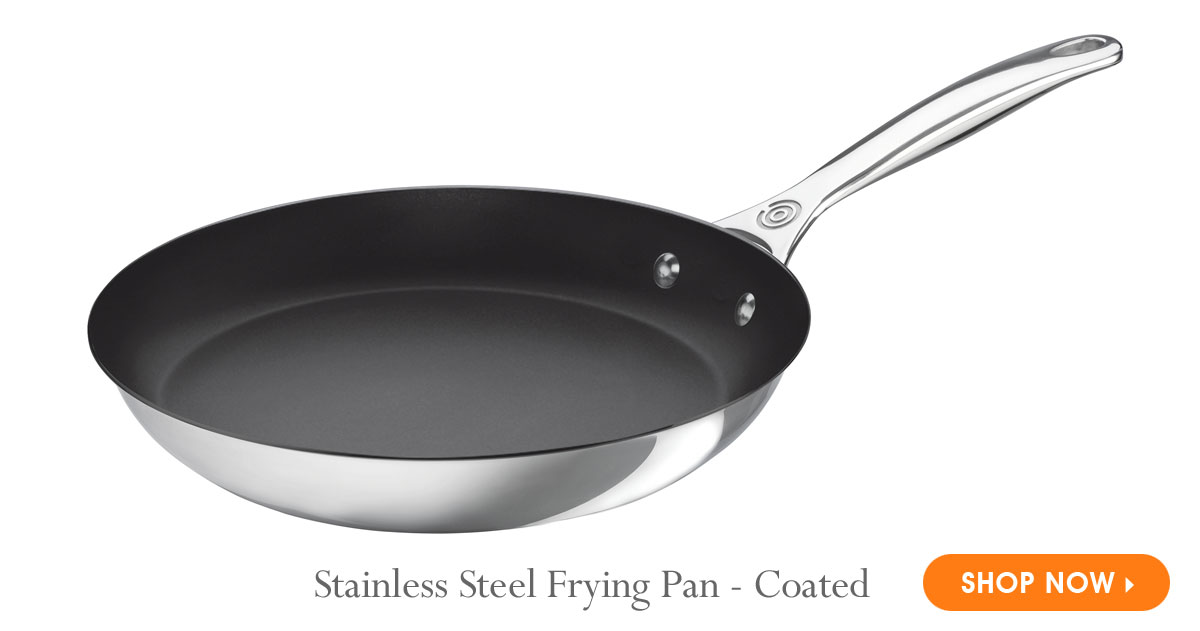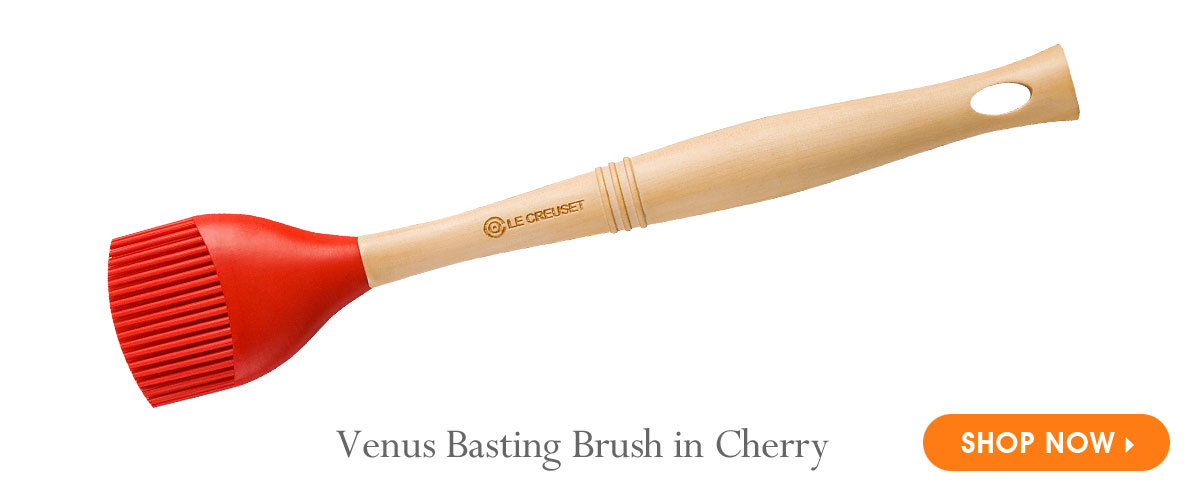Last week we discussed the difference between white lean fish and oily dark fish, and how to match the type of fish to a suitable recipe. Now it is time to get to grips with the various methods of cooking fish and learn to tell when it is done (trade secret: this is the single most important tip for success with fish dishes). And if you’re mystified by some of the cooking terms you may come across in fish recipes, you’ll appreciate our easy culinary glossary to fishy jargon.
COOKING METHODS FOR FISH
Whatever cooking method you plan to use, remember that less is more when it comes to delectable results – successful fish dishes rely on timing. You’ll get the best results when you use the shortest possible cooking time. If necessary, brown the fish briefly over high temperatures and then turn the heat down.
When is fish done?
Before we go into the details, learn how to tell when fish is done. Overcooking fish is the most common beginner’s mistake. Fish is cooked when the flesh starts to turn opaque or white, is just ready to flake when tested with a fork and is still moist. Remember that it will continue to cook for several minutes once removed from the heat, so err on the side of caution.
Pan-frying
Heat a large, non-stick frying pan, season the fish with salt and pepper and rub with a little olive oil. Add a little olive oil to the pan, add the fish skin-side down, and cook until the skin is just crispy. Turn and cook briefly until just cooked. Timing depends on the thickness of the fish, but as a rough guide 3 to 4cm thick fillets should need about 2 minutes a side.
Deep-frying
Heat a pan of deep oil until it is 180˚C. Dip your fish in seasoned flour and then in beaten egg, and then crumb or batter the fish to protect the flesh and seal in the flavours and juices. Fry quickly in the hot oil for about 4 to 6 minutes.
Grilling
Heat a cast-iron plancha or grill pan until piping hot. Brush the grill and the fish with a little oil to prevent sticking. If grilling a whole fish, slash the sides diagonally and rub generously with oil. Grill for approximately 4 minutes a side, depending on the thickness of the fish.
Baking
Fish forms its own juices while cooking so you’ll maximise flavour by adding as little liquid as possible and covering the dish while it bakes. Place the fish in a stoneware dish, dollop a pat of flavoured butter or drizzle a little olive oil on each portion, cover with a lid and bake in an oven preheated to 180˚C for about 20 minutes until just done. Alternatively, wrap each portion of fish in tin foil or baking paper to keep moisture in. Open just before the end of baking to allow it to brown.
Poaching
Pour some water (milk or fish stock can also be used) into a saucepan and bring to the boil. Reduce heat to a simmer. Add the fish, skin-side down, and simmer very gently to avoid breaking up the flesh, until the fish turns opaque and flakes easily. You can flavour the poaching liquid by adding 2 tablespoons of vinegar, a few peppercorns and some bay leaves to the basic cooking liquid.
Braaiing
Delicate-fleshed fish should be well seasoned and wrapped in foil before you braai it over medium coals, but nothing can beat the superb flavour of fish cooked over open coals. Brush the braai grid and the whole fish very well with oil. Season the fish very well, place on a braai grid over medium-heat coals and turn at frequently until the fish turns opaque and flakes easily. For extra flavour, place a generous handful of fresh herbs on the hot coals just before you put the grid in place. 
| CULINARY GLOSSARY: Understanding fishy jargon You may come across a few unfamiliar terms when you first read fish recipes. Here are definitions of some of the most common ones you may find.
|
GET COOKING
Put your new-found knowledge to the test and reap the delicious rewards. Here is a selection of scrumptious fish dishes that are bound to become family favourites.
Smoked Salmon Fish Cakes
Simple enough for Sunday-night supper and delicious enough for dinner parties, this mouthwatering combination of flaked smoked salmon, creamy mashed potatoes, tangy wholegrain mustard and snipped fresh dill, parsley and chives is pan-fried to golden perfection in a cast iron Signature Skillet.
Baked Fish with Gremolata Crumb and Caper Mayo
Firm white fish fillets (such as hake) baked with a crunchy garlicky-lemon breadcrumb topping and served with a tangy lemon-caper mayo make this dish a delicious taste sensation. The fish is baked for 18 to 20 minutes, with garlic-scented cherry tomatoes added shortly before the end of the cooking time. Simple, isn’t it?
Lemon and Fennel Salmon Trout
Want to look like a gourmet cook? Serve a whole fish cooked to perfection in a cast-iron pan and you’ll blow your guests away. This is possibly the easiest dish of all: the short list of ingredients includes a whole cleaned salmon trout, lemon quarters, baby fennel bulbs, dill, parsley and salt and pepper. That is all, we promise. Place a lemon inside the trout, scatter the remaining ingredients around the fish and bake for 20 to 25 minutes until just done. Voila!
Fisherman’s Pie
With a filling that combines salmon, white fish, prawns and mussels, this seafood feast is anything but humble, but the best part is you can adapt this recipe to suit whatever fish or seafood is available. The creamy white-wine sauce includes piquant capers and lemon juice in a wonderful contrast to the rich seafood. To serve this with style, spoon the prepared seafood mixture into individual Mini Cocottes, top with mashed potato and bake without the lids until cooked and golden.
Fish en Papillote Steamed with Mediterranean Vegetables
This simple dish uses classic ‘en papillote’ techniques to gently steam a whole trout. Wrap up the fish together with fragrant veggies, ginger, chillies, lime and garlic, pop the parcel into a Le Creuset Signature Roaster and roast at 200˚C for just 20 to 30 minutes. Slash open the paper parcel at the table for maximum effect.
To view our full range of products, visit our online shop at www.lecreuset.co.za or pop into your nearest Le Creuset Boutique store.
Categories
Submit a Comment